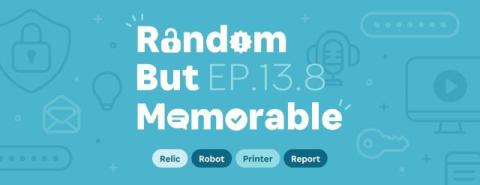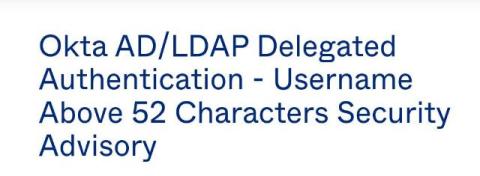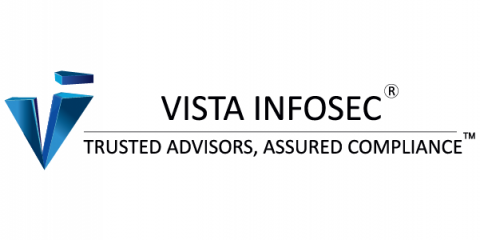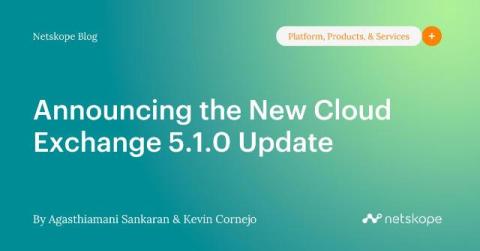IBM's Troy Bettencourt shares key insights from the 2024 Cost of a Data Breach Report
It should be no surprise that the costs associated with a corporate data breach can be high. (The average total cost is now nearly $5 million, according to IBM.) What may be more alarming is the average length of time it takes for businesses to recover from a breach – and what that means for their security teams, business operations, and bottom line.











